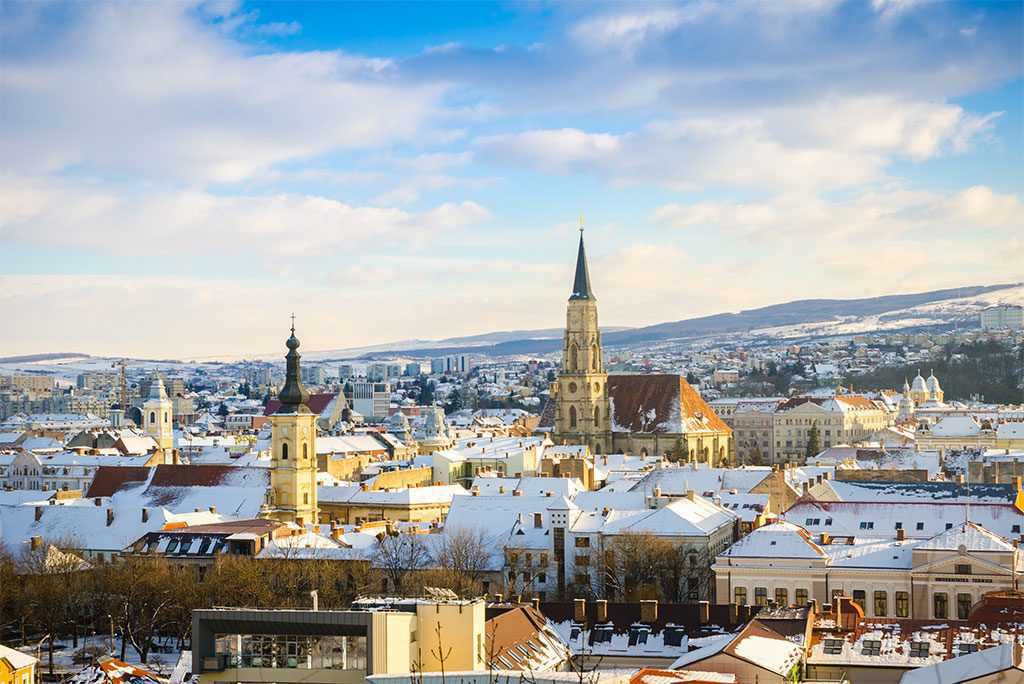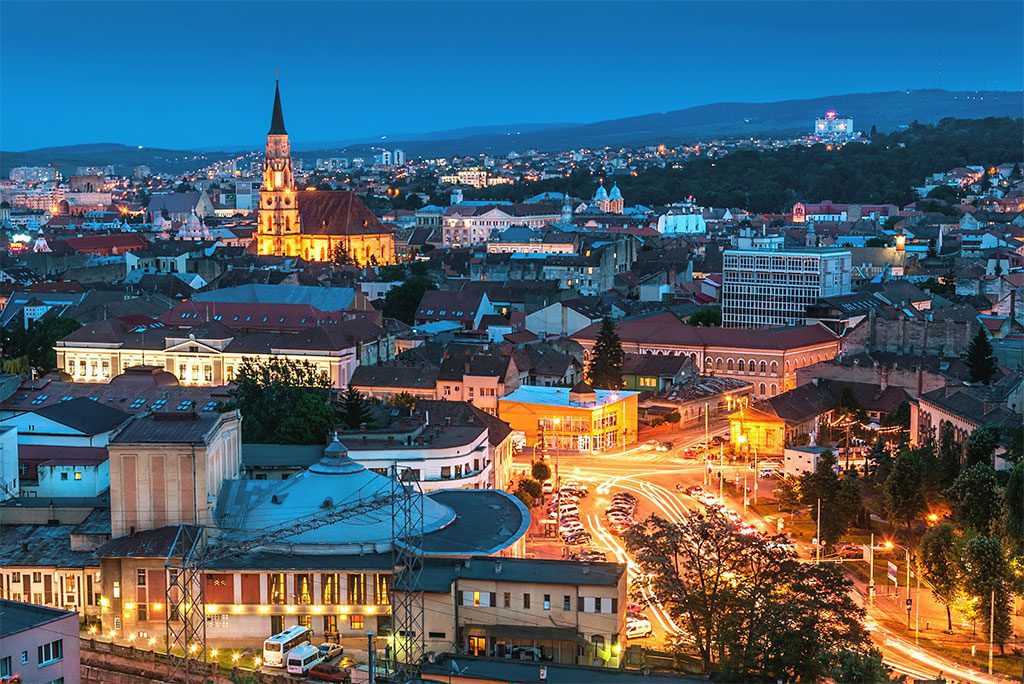Romania, a landlocked nation in the Balkans, is a study in contrasts. As a former Soviet bloc nation, it has been ruled by the Romans, Hungarians, and Ottomans, among other groups. To the north, you’ll find charming historic villages and mountain resorts that provide some of the best skiing in the country. The vampire Dracula, a fictitious figure from Transylvania, may be its most renowned resident.
In Romania, there is a lot of history to be found. Medieval castles may be found across the nation, most notably in Sighişoara, which is a UNESCO World Heritage Site and a UNESCO World Heritage Site in its own right.
For those who want to know where Dracula truly resided, the 14th-century Bran Castle in Brașov is where you’ll discover more than just stories. What about the capital city of Romania, Bucharest? You’ll be enchanted by the medieval architecture as much as you are awestruck by the communist-era structures. Here’s a look at some of the top spots to visit in Romania:
10. Danube Delta
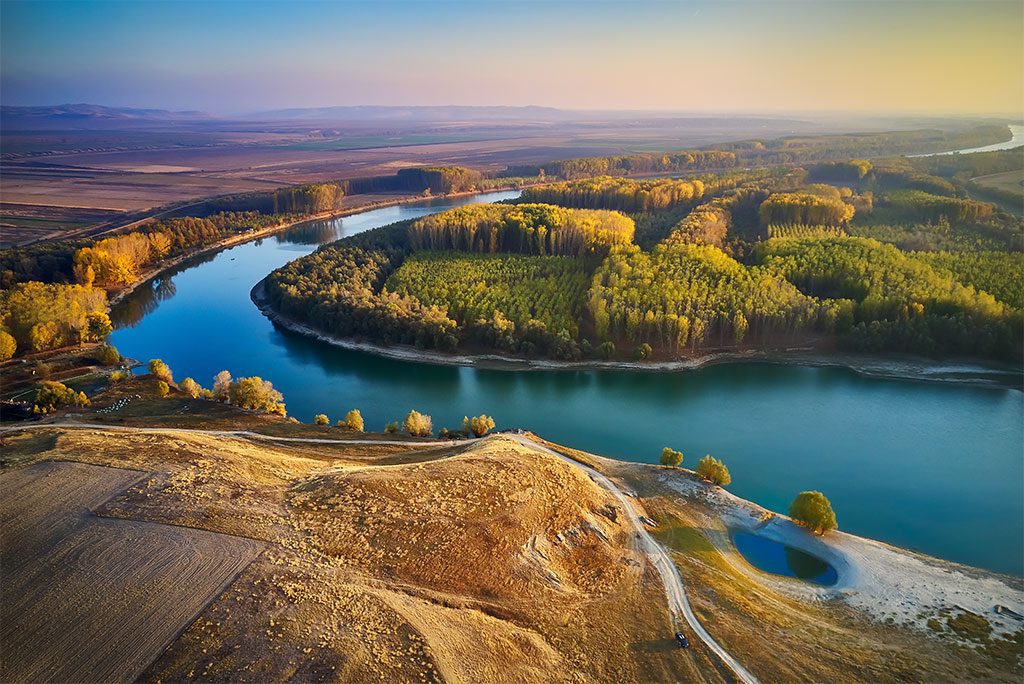
The Danube Delta, Europe’s second-largest river delta, is mostly located in Romania. Originally part of the Black Sea, the Danube Delta is a great site to see wildlife in its natural habitats.
It has 23 distinct habitats, including some of the biggest wetlands in the world, and is home to many rare species of plants and animals from Europe. Take a slow boat trip on the river and you’ll see some of the most beautiful sunsets in the area.
9. Cluj-Napoca
Cluj-Napoca, the seat of Romania’s biggest university, is often regarded as the unofficial capital of Transylvania. The city, which goes back to pre-Roman times, is a major artistic and cultural hub in Romania. Cluj-Napoca, which has a substantial Hungarian population, has a statue of a Hungarian ruler.
The Gothic St. Michael’s Church, which dates back to the 14th century, has the country’s highest church tower. The Romanian art collection of the National Museum of Art, located in a former palace, is extensive.
8. Mamaia
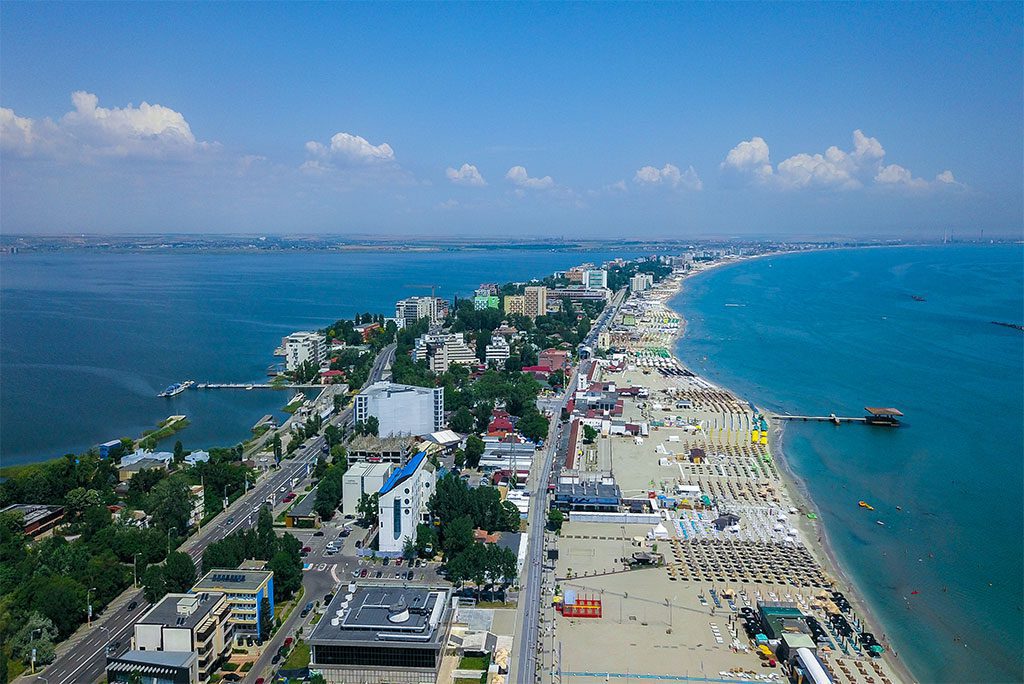
Mamaia, Romania’s most popular beach town, is on the Black Sea. Mamaia, on the other hand, is a tiny town set on an 8-kilometer (5-mile) wide stretch of land.
Its beautiful sand beaches are ideal for relaxing and observing the locals. There’s a water park in Mamaia, but there aren’t many options for little children. A few lessons in wind-surfing, on the other hand, may be fun for adults.
7. Timisoara
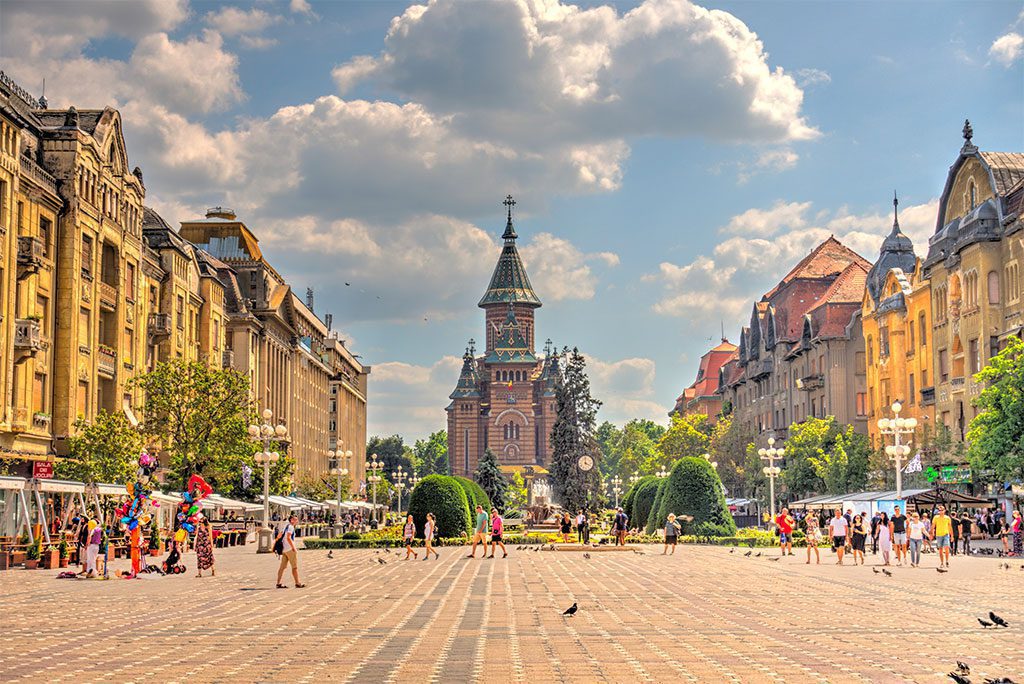
Located in western Romania, the city of Timisoara dates back to the early 13th century and is one of the country’s major towns. It was the first European city to get electric street lighting while it was part of the Ottoman Empire. In the aftermath of World War II, when the city was heavily bombed by both sides, it has made a full recovery.
Timișoara Orthodox Cathedral, unlike many other European cathedrals, was only constructed in the 20th century, although the central part, which is noteworthy for its 11 towers, preserves numerous ancient religious items as well as antique icon paintings.
6. Bucharest
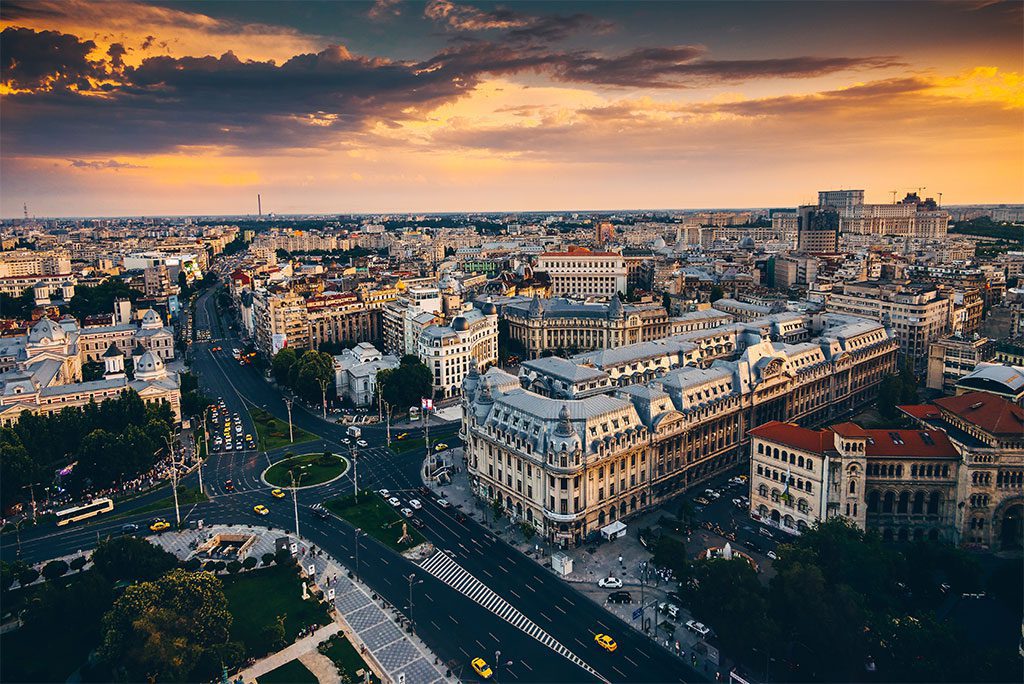
Bucharest is a city where the ancient and the modern coexist together. On the same block, people might see a building that is hundreds of years old, a modern high rise, and a building that looks like it was built by the Communists.
There are more than 3,100 rooms and 12 floors in this modernizing European capital’s Parliament building, the world’s biggest. Throughout the day, visitors may take a tour of this stunning building, which was completed in 1984. The old town center of Bucharest is also not to be missed. It has narrow streets with cobblestones and old buildings, including churches from the Middle Ages.
5. Sinaia
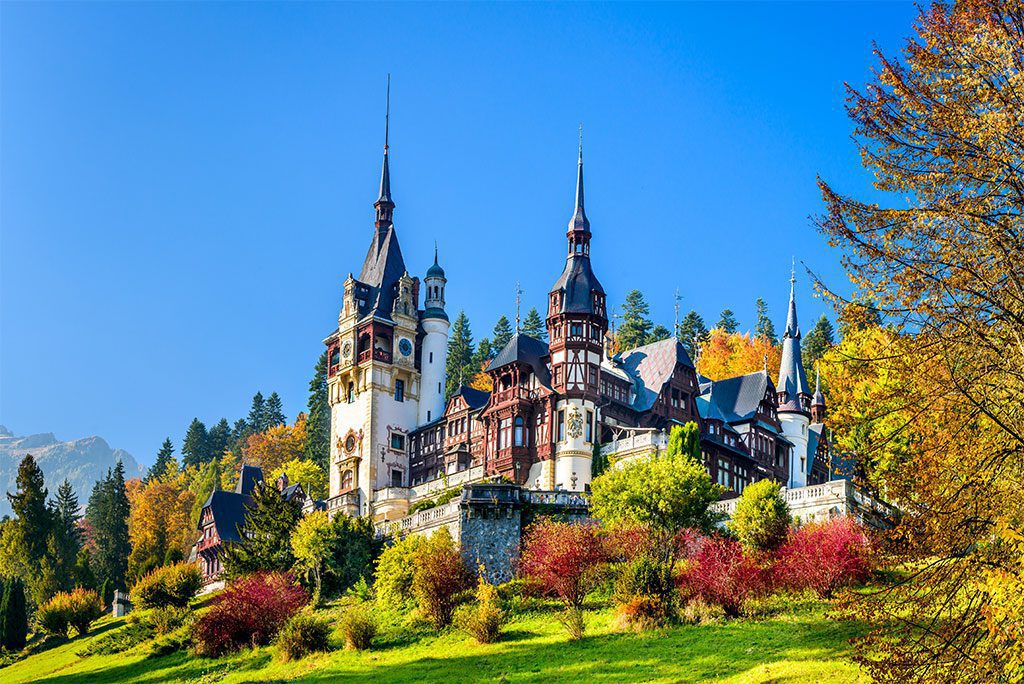
Mountains surround the village of Sinaia, a mountain resort town named after Mount Sinai. It’s a popular destination for visitors who like trekking in the summer and downhill skiing in the winter. The monastery has a copy of the first Romanian Bible produced.
Peles Castle, the summer residence of King Charles I, is located nearby and is a famous tourist destination. Visitors who pluck the town’s beautiful flowers risk getting into legal trouble, since this is strictly prohibited.
4. Painted Monasteries
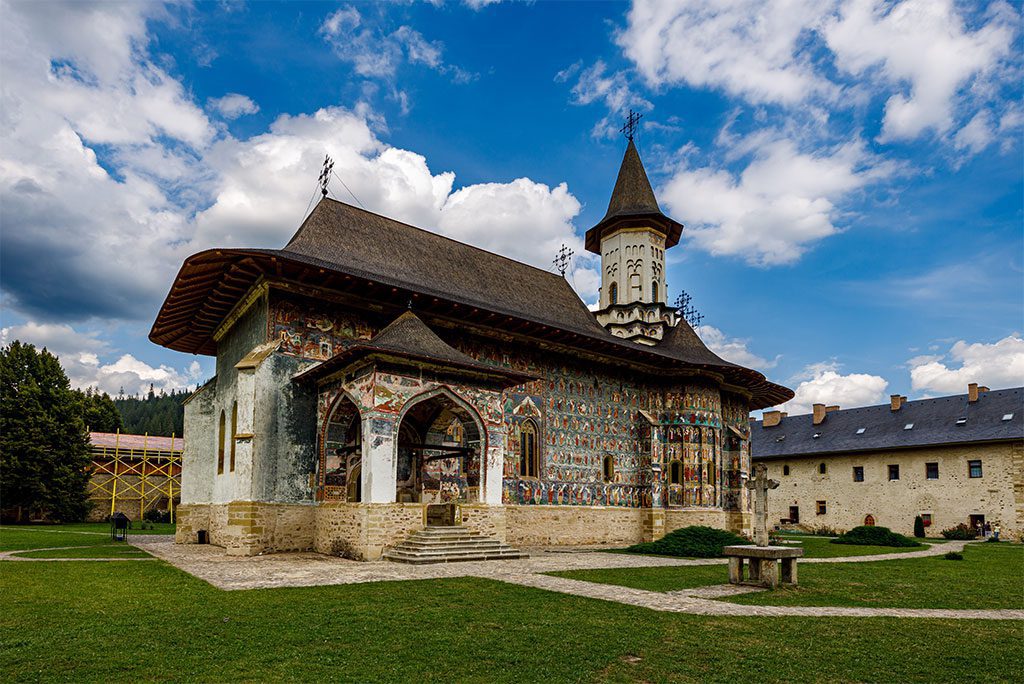
The Painted Monasteries of Bucovina in Romania’s northeastern region are among the country’s most attractive landmarks. Intricate 15th and 16th century paintings depict saints and prophets, scenes from Jesus’ life, angels and devils, heaven and hell, and other religious themes on the façade of the building. The monasteries in Humor, Moldovita, Patrauti, Probota, Suceava, Sucevita, and Voronet are the best preserved.
3. Brasov
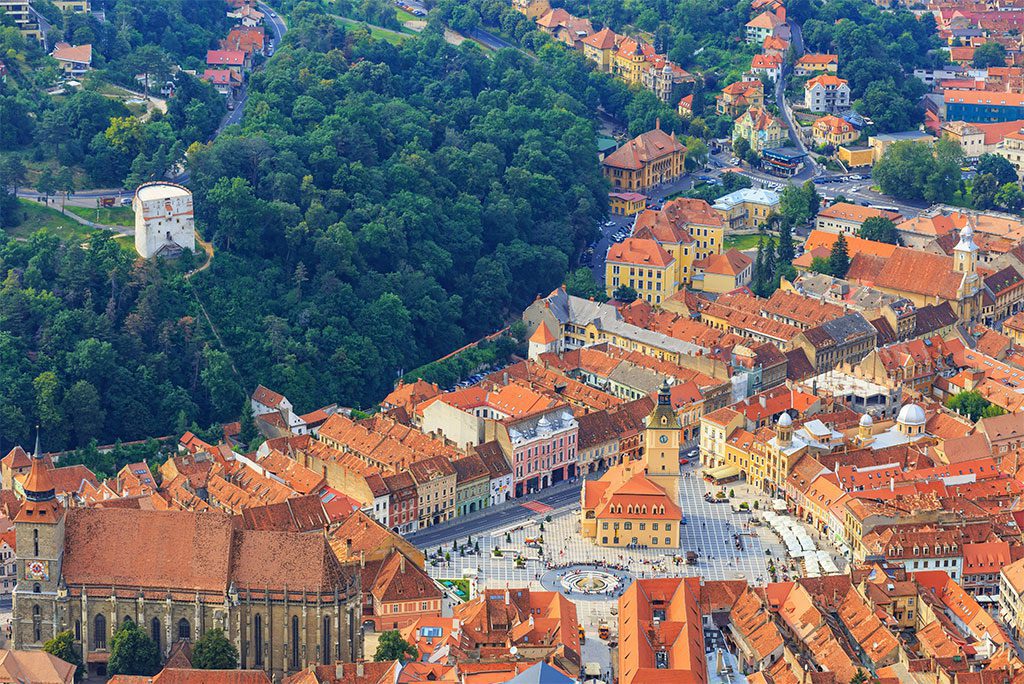
From a bustling contemporary metropolis to a quaint ancient town and awe-inspiring nature, Brasov has it all. As a mountain resort city surrounded by the Carpathian Mountains, the city provides skiing and ice skating amenities to its residents and visitors.
There is a Gothic cathedral known as the Black Church, called for the blackened stones caused by smoke from a massive 17th century fire. A walk along Rope Street, the country’s smallest street, is also highly recommended.
2. Sibiu
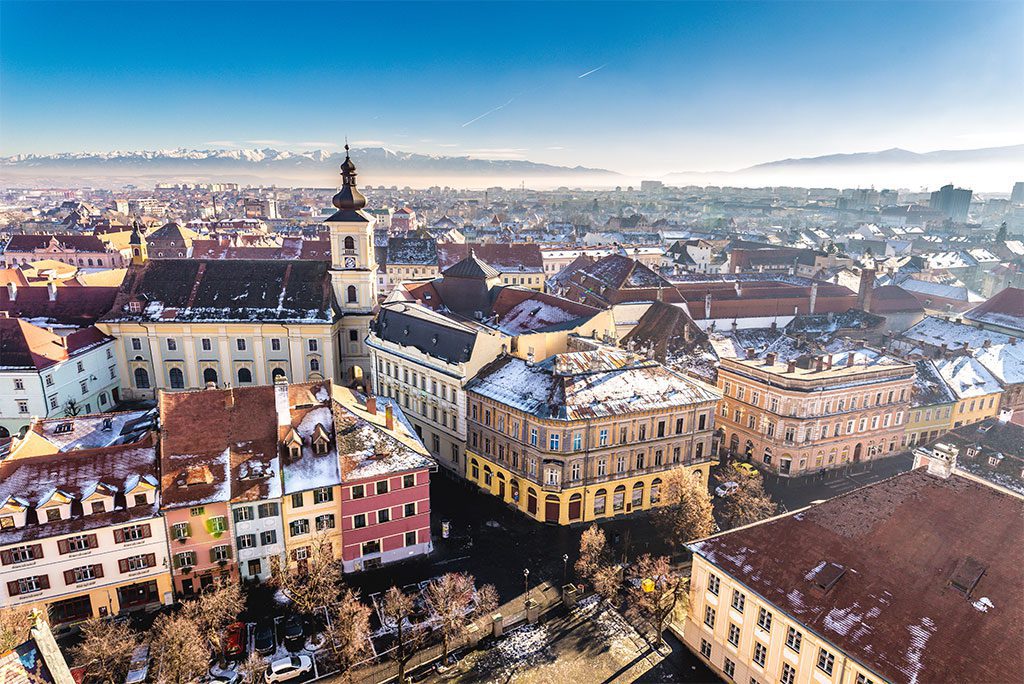
Since the early 12th century, Sibiu has been a part of Hungary. In Transylvania, a region associated with vampires, notably Dracula, the city is situated. However, travelers are exceedingly unlikely to stumble across any vampires in this day and age.
Grand Square and Baroque structures such as Brukenthal Palace house one of the world’s oldest museums instead of the modern skyscrapers. Visitors should keep an eye out for the remains of the city’s ancient defenses, which were formerly utilized to protect the city.
1. Sighisoara
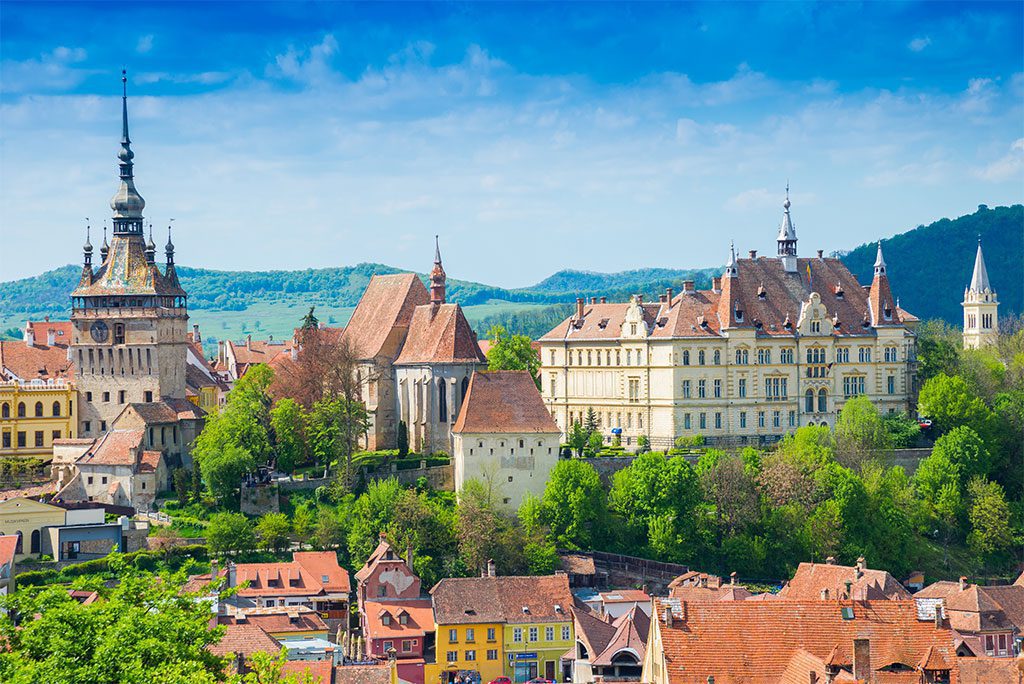
Sighisoara, also in Transylvania, is one of the greatest sites to visit in Romania because of its well-preserved walled town. the 12th century saw the emergence of German craftsmen and merchants
The King of Hungary asked the Transylvanian Saxons to reside in Hungary and guard the country’s borders. They built the fortress that you see today, as well as a bustling trade town nearby. Expanded in the 14th century, it became the largest cathedral in Europe. The historic citadel hosts a Medieval Festival in July. City feature is the Clock Tower, a 1556 structure with a height of 64 meters (210 feet).


